How do you get rid of Surplus Equipment in 1945? (PIC HEAVY)
Posted: 2008-04-19 03:57am
Easy!
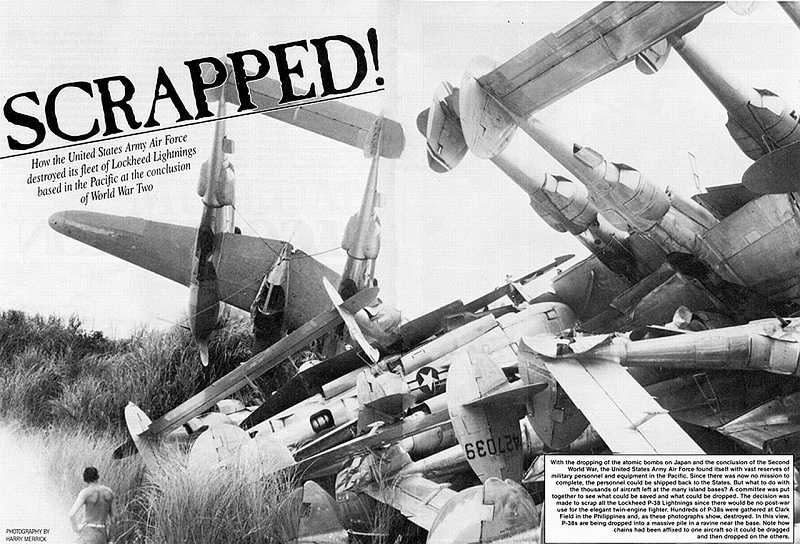
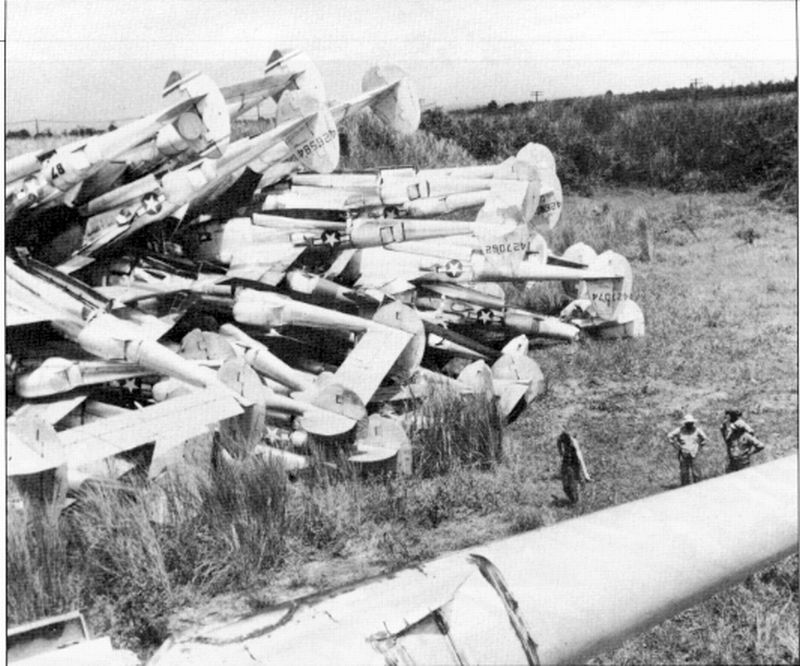
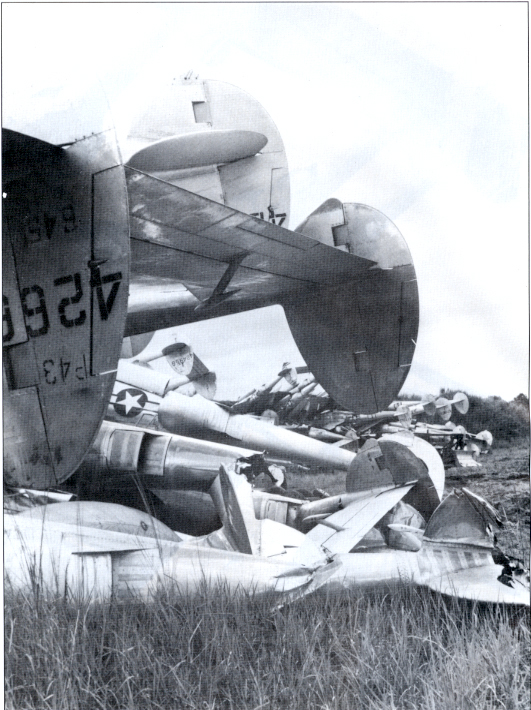
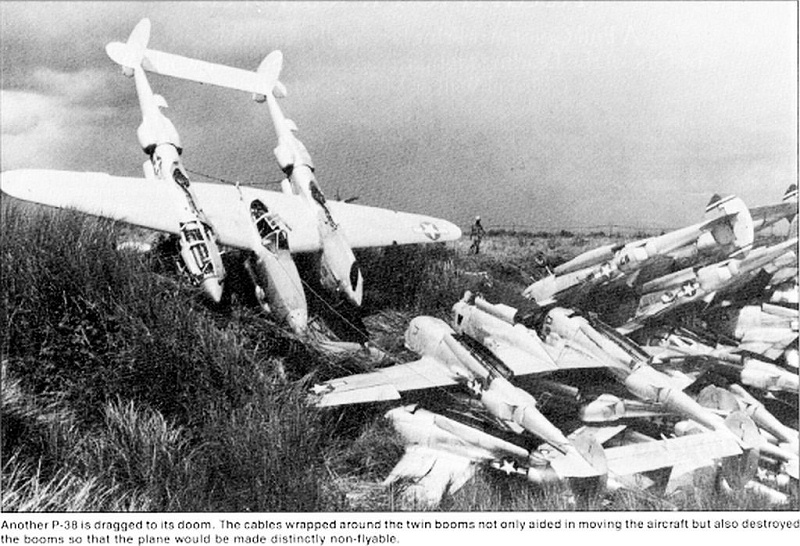
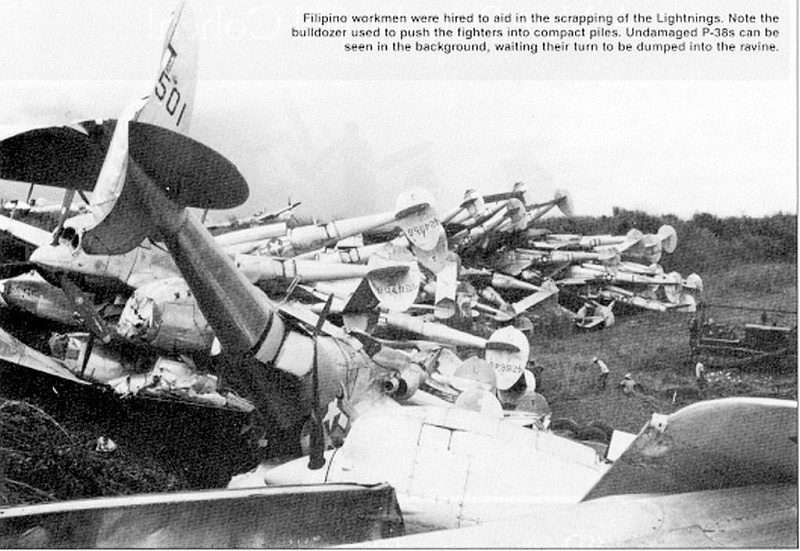

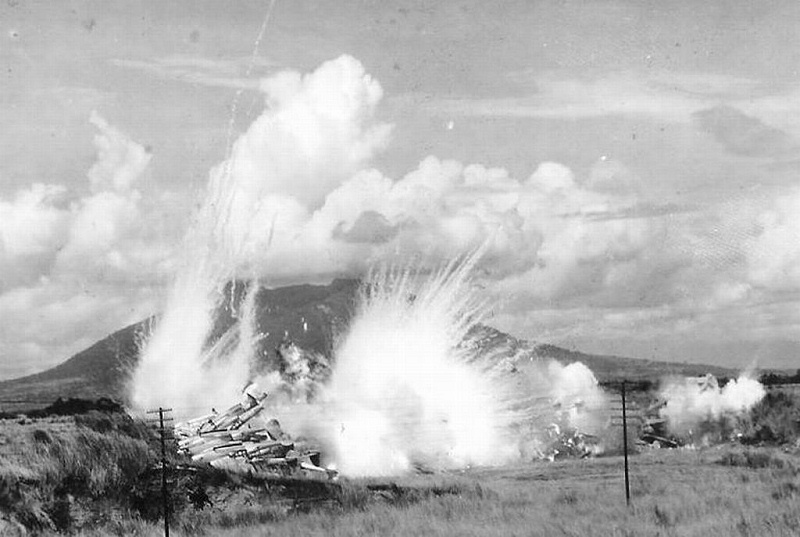









Get your fill of sci-fi, science, and mockery of stupid ideas
http://stardestroyer.dyndns-home.com/
http://stardestroyer.dyndns-home.com/viewtopic.php?f=52&t=121562








That seems like a waste. Its not as if the British couldn't use them, and we had plenty of planes to go around for a rapidly shrinking carrier fleet.MKSheppard wrote:My "favorite" if you can call it that; war scrap story has to do with Lend Lease Hellcats, Avengers, and Corsairs that we gave to the Royal Navy.
At the end of the war, we had to take them back, since Lend Lease contract stipulated "return at end of war"; so what we did was IIRC a CVE would go meet a British Carrier, the Lend Lease aircraft would be loaded onboard the CVE; which would promptly then sail to within a couple miles off shore and then in full sight of everyone, promptly begin shoving the aircraft over the side.
The person ordered to dispose of them likely didn't have the authority or inclination to worry about such things. They were told to get rid of them and they did so in the easiest manner possible. A general directive to 'find ways to reuse everything and recover some money where possible' would have to come from the top, and at the time all the people at the top had more pressing concerns. For aircraft stranded in the middle of the pacific, I'm not sure the cost of shipping/flying them home, stripping them and finding buyers would be worth the sale price in the glutted post-WWII market. Finally I'm sure the aircraft manufacturers lobbied against this, as it would inevitably hit their sales hard (at a time when they were already struggling to cope with the sudden drop in government orders).Zixinus wrote:I have to agree, just bombing the shit out of these things is a waste: even if no one wanted to buy them at the time, they could have been gutted and recycled. I am pretty sure their weapons and motor and all the other shit can be used for something, spare parts if nothing else.
Also, the P-38 was a pre-war design, and was likely to be of only limited utility - as a ground attack aircraft, it was inferior to the P-47 and A-26, and as a pure fighter it would not have been competitive with the new jets. Other pre-war designs didn't fare so well in the drawdown either.The Wings That Carried Them to Victory wrote:America produced some 294,000 aircraft for WWII. Of that number, 21,583 (7.34%) were lost in the United States in test flights, ferrying, training accidents, etc., and 43,581 were lost en route to the war and in overseas operations.
By 1944 the U.S. Foreign Economic Administration began a program to scrap certain obsolete, damaged and surplus military aircraft overseas.
Following the war, estimates of the number of excess surplus airplanes ran as high as 150,000. Consideration was given to storing a substantial number of these.
Beginning in 1944, domestic aircraft declared surplus were turned over to the Reconstruction Finance Corporation. The RFC established depots around the country to store and sell surplus aircraft. By the summer of 1945, at least 30 sales-storage depots and 23 sales centers were in operation. In November 1945, it was estimated a total of 117,210 aircraft would be transferred as surplus.
Between 1945 and June 1947, the RFC, War Assets Corporation and the War Assets Administration (disposal function of the RFC was transferred to WAC on January 15, 1946, and to the WAA in March of 1946) processed approximately 61,600 WWII aircraft, of which 34,700 were sold for flyable purposes and 26,900, primarily combat types, were sold for scrapping.
Most of the transports and trainers could be used in the civilian fleet, and trainers were sold for $875 to $2,400. The fighters and bombers were of little peacetime use, although some were sold. Typical prices for surplus aircraft were:
Many aircraft were transferred to schools for educational purposes, and to communities for memorial use for a minimal fee. One source reported a Boy Scout Troop bought a B-17 for $350.
- BT-13, $450
P-38, $1,250
AT-6, $1,500
A-26, $ 2,000
P-51, $3,500
B-25, $8,250
B-17, $13,750
B-24, $13,750
B-32, $32,500
A Walnut Ridge hometown institution, Southern Baptist College, purchased two of the aircraft stored at Walnut Ridge, a C-47 and a C-46. The exact purchase price for these is unknown, but is believed to have been around $600 to $800 each.
In most cases we simply told the RN dump the aircraft into the ocean themselves; IIRC the British had to ask for special exceptions for certain aircraft on certain ships because they still needed them in the Far East to oversea the reparation of Japanese forces back to Japan.MKSheppard wrote:My "favorite" if you can call it that; war scrap story has to do with Lend Lease Hellcats, Avengers, and Corsairs that we gave to the Royal Navy.
At the end of the war, we had to take them back, since Lend Lease contract stipulated "return at end of war"; so what we did was IIRC a CVE would go meet a British Carrier, the Lend Lease aircraft would be loaded onboard the CVE; which would promptly then sail to within a couple miles off shore and then in full sight of everyone, promptly begin shoving the aircraft over the side.